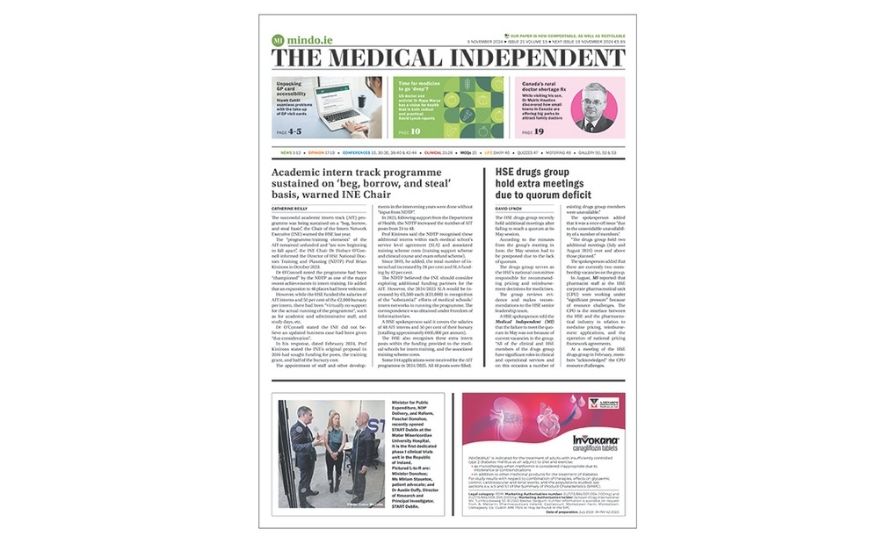Countries that have decreased their consumption of antibiotics in both animals and humans have seen a reduction in antibiotic-resistant bacteria. This is according to the fourth joint report on the integrated analysis of the consumption of antimicrobial agents and occurrence of antimicrobial resistance (AMR) in bacteria from humans and food-producing animals (JIACRA IV), published by the European Centre for Disease Prevention and Control (ECDC), the European Food Safety Authority (EFSA), and the European Medicines Agency (EMA).
Taking a One Health approach, which recognises the connection between the health of people and animals, the report presents data primarily collected between 2019 and 2021 on antibiotic consumption and AMR in Europe.
For the first time, as part of this project, the three agencies analysed trends of antimicrobial consumption and AMR in Escherichia coli (E. coli) from both humans and food-producing animals. They also looked into how these trends were changing in humans and food-producing animals during 2014-2021. For example, during this timeframe, antibiotic consumption in food-producing animals decreased by 44 per cent.
The analysis performed by the three agencies found that E. coli bacteria in both animals and humans are becoming less resistant to antibiotics as the overall antibiotic consumption is reduced. This shows that the concerning trends in antibiotic resistance can be reversed with the right actions and policies.
ECDC Director Andrea Ammon said: “Increased efforts to reduce unnecessary antibiotic consumption are imperative to tackle the public health threat of AMR. In addition, strengthening immunisation programmes and enhancing infection prevention and control practices in communities and healthcare settings are essential to reducing the needs for antibiotics.”
EFSA’s Executive Director Bernhard Url said: “Using fewer antibiotics in livestock production pays off. In most countries that reduced antibiotic use, we observed a corresponding decrease in resistance levels. This means that national efforts work. It also highlights the EU’s commitment to the One Health approach, safeguarding both animal and global public health.”
EMA’s Executive Director Emer Cooke said: “Access to reliable data on consumption and resistance in people and animals makes a real difference in the fight against AMR. Through joint projects like JIACRA, European countries get invaluable insights on the impact of measures they take. This enables them to take further action to promote the prudent use of antibiotics.”
The report also shows that, in humans, the use of important groups of antibiotics, such as carbapenems, third- and fourth-generation cephalosporins, and quinolones, is associated with resistance to these antibiotics in E. coli from humans. Likewise, the use of quinolones, polymyxins, aminopenicillins, and tetracyclines in food-producing animals is associated with resistance to these antibiotics in E. coli bacteria in food-producing animals.
Additionally, bacterial resistance in humans may be linked to bacterial resistance in food-producing animals. Two examples highlighted by the report are Campylobacter jejuni and Campylobacter coli.
For the first time, the statistical code used to perform these analyses is made publicly available together with the report, encouraging further analysis by researchers and other interested experts.
It is estimated that, every year, AMR causes more than 35,000 deaths in the EU and the European Economic Area and puts a significant burden on European healthcare systems, with an approximate annual cost of €11.7 billion, according to the Organisation for Economic Co-operation and Development.
The One Health approach implemented through the cooperation of the ECDC, EFSA, and EMA, and the results presented in this report call for:
– Continued efforts to tackle AMR at national, EU, and global levels across the human and food-producing animals sectors;
– Harmonised surveillance of antimicrobial consumption and AMR in the human and animal sectors;
– Targeted studies to further understand the spread of AMR.













Leave a Reply
You must be logged in to post a comment.